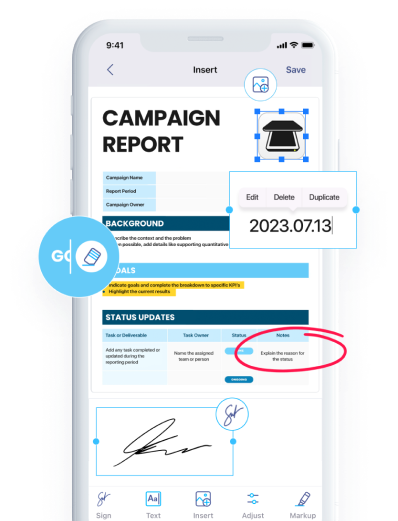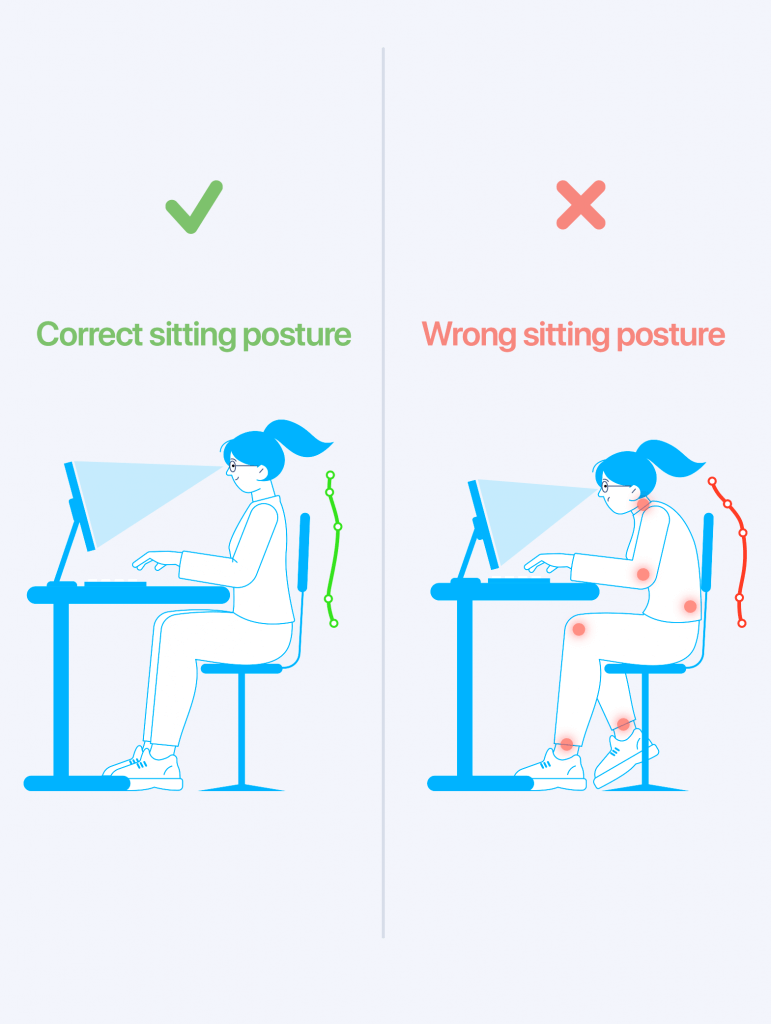

25 jul 2022
Remote work has been gaining popularity for quite some time now, and the global pandemic has created a strong push in this direction. Although nearly 45% of companies in the US still don’t allow working from home, they are bound to change their minds very soon. According to Owl Labs’ research, 55% of workers say they work more hours and feel more engaged working from home. What’s more, according to FlexJobs, 58% of respondents are prepared to resign their jobs if the employer doesn’t allow them to continue working remotely. All in all, it looks like remote work is here to stay. And it’s about time to look into ways of becoming more productive at it as well as learning some simple things that can make you feel relaxed and happy in your new home office.
The number one priority you should think through carefully and invest in is your home workstation. Having a nice big desk and a comfortable chair makes a world of difference. And it’s not only about feeling nice emotionally, which is definitely important. Your home setup is one of the things that can seriously impact your physical health.
An uncomfortable chair that doesn’t provide proper lumbar support creates immense tension on your spine. In fact, using a chair that doesn’t allow your spine to maintain its natural curve puts three times more pressure on your intervertebral disks. This can lead to neck and back pain, poor blood circulation, and bad posture.

If you’re like most people, you rarely think about intervertebral disks and ergonomic chairs. But considering that people in developed countries spend nearly 30% of their time sitting, and the majority of that behind computers, the subject might be more worthy of your attention than you realize.
When choosing a computer chair, people usually focus on how it looks. Most are ready to go for any reasonably priced nice-looking option. We urge you not to do that. Spending a bit more money on a high-quality chair will pay off tenfold in the long run.
Also, a monitor, keyboard, and wrist support are definitely among the things your back and neck will thank you for.
It might sound pretty obvious, but a stable connection and decent wifi coverage will save you a surprising amount of stress and frustration. It’s especially important to look into your internet connection if you have other active users around the house. No one likes being disconnected in the middle of an important call because their kid decided to have a go on his Xbox.
Ideally, you want to locate your home office as close to the router as possible. But if it’s not an option in your case, you might consider getting a wifi extender.
As much as we’d like to go completely paperless, the reality is that for most businesses, this is not yet a possibility. However, reducing the amount of paper in your workflow is a perfectly attainable goal. We just need to adopt good habits—scan documents and store them digitally rather than in filing cabinets, stop printing out emails, switch to digital workflows whenever possible, etc. However, in the course of your work, you will likely need to print out things occasionally.
To answer the question “Do I need to get a printer for my home setup?” you need to ask yourself how much and how often you need to print. If it’s a couple of forms once or twice a week, a printing center, local library, or friend with a printer will do. But if you need to print a lot on a regular basis, there’s no question about it—you’ve got to get a printer.
The answer to this question is a definite no. You don’t need a scanner for your home office because there are plenty of better, 21st-century alternatives. Why would you spend money on a scanner when modern mobile scanning apps can turn your smartphone into a powerful scanner with just a tap?
A lot of people have reservations about mobile scanners. The most common is that scan-copies made with a mobile scanner are of a poorer quality. In reality, this couldn’t be further from the truth. Not only can modern apps make scan-copies of a better quality than some traditional office scanners, but they can also make a scan-copy that looks even better than the original document. How is that possible? Thanks to AI technology. Some apps, like iScanner for instance, use cleverly designed AI algorithms. They can automatically detect document edges, straighten the scanned page, and even remove smudges and minor creases. If it sounds like science fiction to you, you’ve got to see for yourself: iOS and Android.
What’s more, if the main reason you need a printer and a scanner is to be able to print documents for your signature and scan the signed version, the whole printer-scanner problem resolves itself by means of installing one mobile app. You’ll be able to do everything on your smartphone from anywhere. Just upload the document you need to sign to iScanner and tap Sign. You can draw your signature using your finger or scan it from a wet-ink signature. Tap Save and then Share which allows you to save it as a PDF or share via email or any messenger or platform.
Lighting and monitor brightness are things that people often overlook when arranging their home setup. However, having a well-lit workspace is of great importance. Poor lighting or a glare on your computer display can cause significant eyestrain, fatigue, and even severe headaches. Here’s a short checklist that can help you ensure the lighting in your home office is healthy:
Yes, we know, it sounds boring! Very few people get excited when they hear the word routine. But having a consistent, predictable routine is crucial for our emotional well-being. It might sound counterintuitive because we learned to hate routines from a very young age when we were made to go to bed, get up, and have our meals at an established time. The truth is that getting up at the same time every day can reduce anxiety and stress levels remarkably! Same goes for having a nice, big, nutritious breakfast.

The reason lies in a very ancient part of our brain’s physiology. Brains love routine and hate unpredictability. So when you get up and have your meals sporadically, your brain doesn’t understand that it’s because you’ve been busy or you’re a creative person who’s above petty schedules. It thinks you’re in danger and there’s a shortage of food. It starts producing more stress hormones and less serotonin (a neuromodulator that makes you feel relaxed and happy) because it thinks that your survival is the priority at the moment. Whether we like it or not, a consistent schedule is crucial for our well-being. And it’s especially important to take care of it when you work from home or as a freelancer, because office 9 to 5 imposes a schedule of its own on you.
If you’re looking to work from home, you might consider checking out work-from-home jobs available on Jooble. It has over 60,000 remote job vacancies in the US alone and offers job searching in 69 countries.
